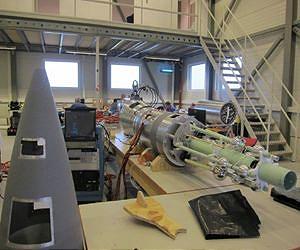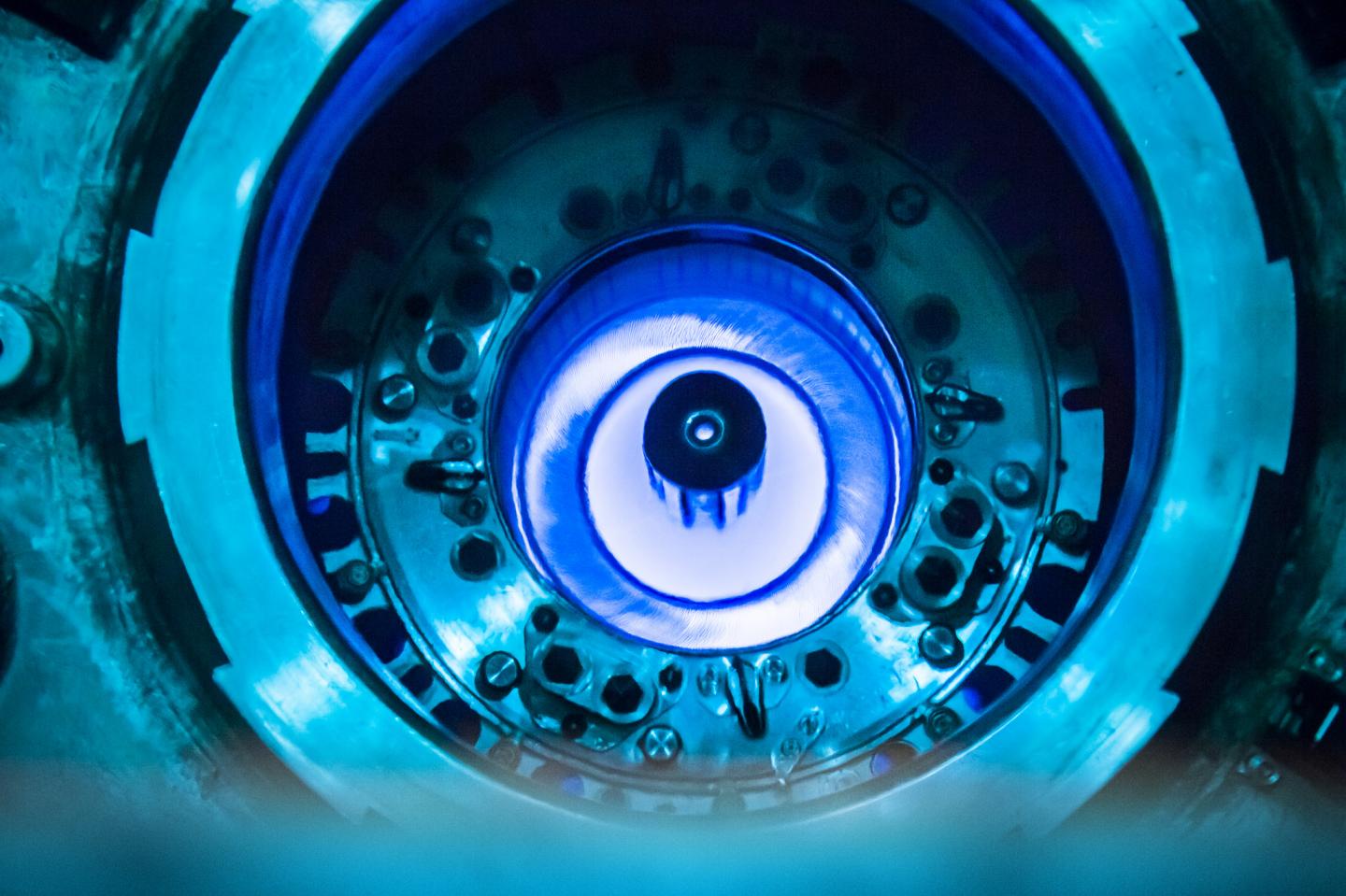Congrats to David Dean fellow Oak Ridge researcher and leader in ORNL’s efforts on this impressive research.
OAK RIDGE, Tenn., June XX, 2016—Soon to be deployed at the Department of Energy’s Oak Ridge National Laboratory is an experiment to explore new physics associated with neutrinos. The Precision Oscillation and Spectrum Experiment, or PROSPECT, is led by Yale University and includes partners from 14 academic and governmental institutions. The DOE High Energy Physics program will support the experiment at the High Flux Isotope Reactor (HFIR), a DOE Office of Science User Facility at ORNL. The neutrino, the subject of a 2015 Nobel Prize, remains a poorly understood fundamental particle of the Standard Model of particle physics.
These electrically neutral subatomic particles are made in stars and nuclear reactors as a byproduct of radioactive decay processes. They interact with other matter via the weak force, making their detection difficult. As a result of this elusiveness, neutrinos are the subject of many interesting and challenging detection experiments, including PROSPECT.
“Unique capabilities of ORNL will enable us to broaden the understanding of neutrino properties,” said David Dean, director of ORNL’s Physics Division. “The expansion of neutrino experiments at Oak Ridge National Laboratory is a win for the lab because we have a new scientific focus area, and a win for the scientific community because ORNL has unique neutrino sources that physicists will utilize to explore neutrino science.”








